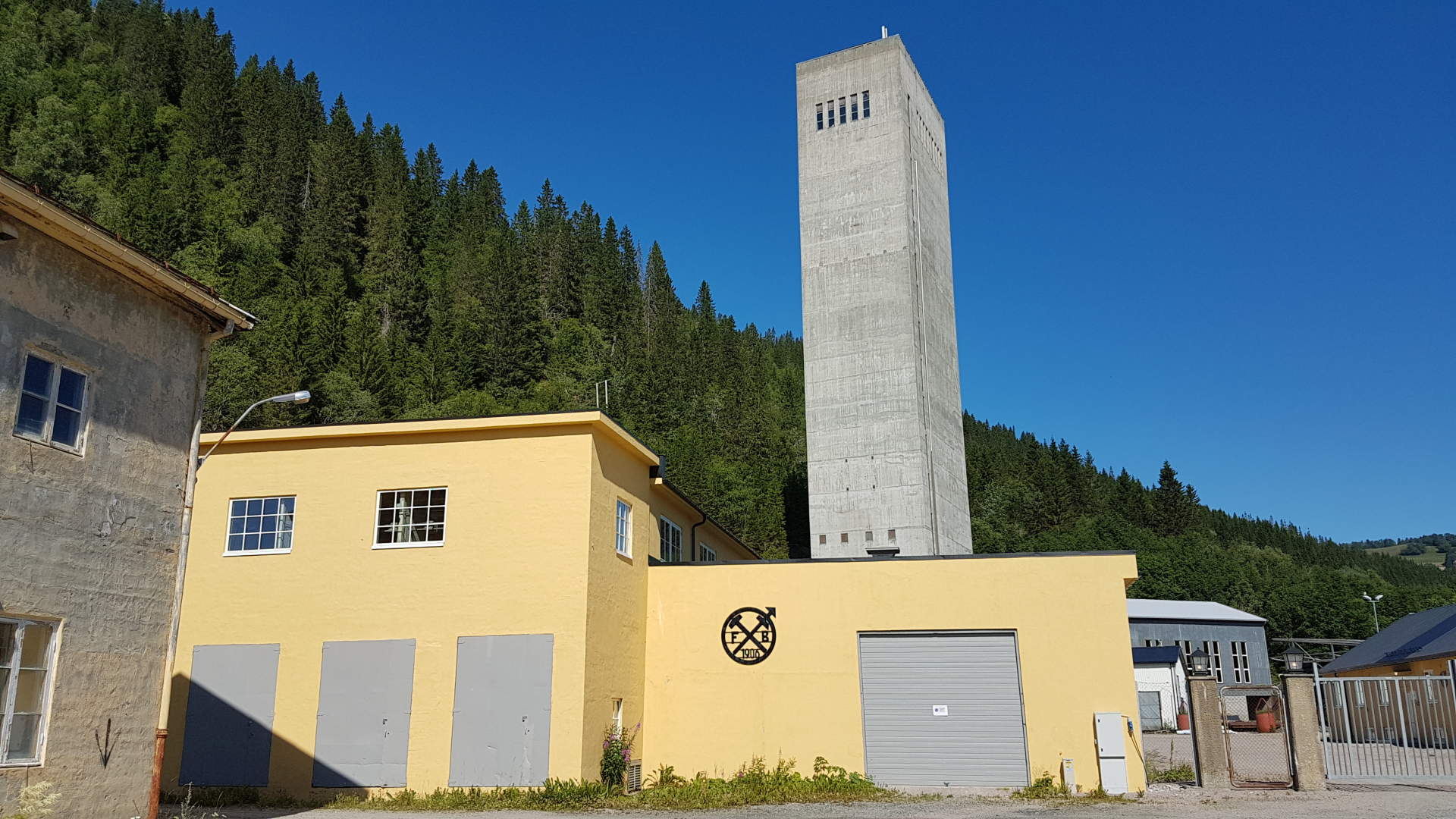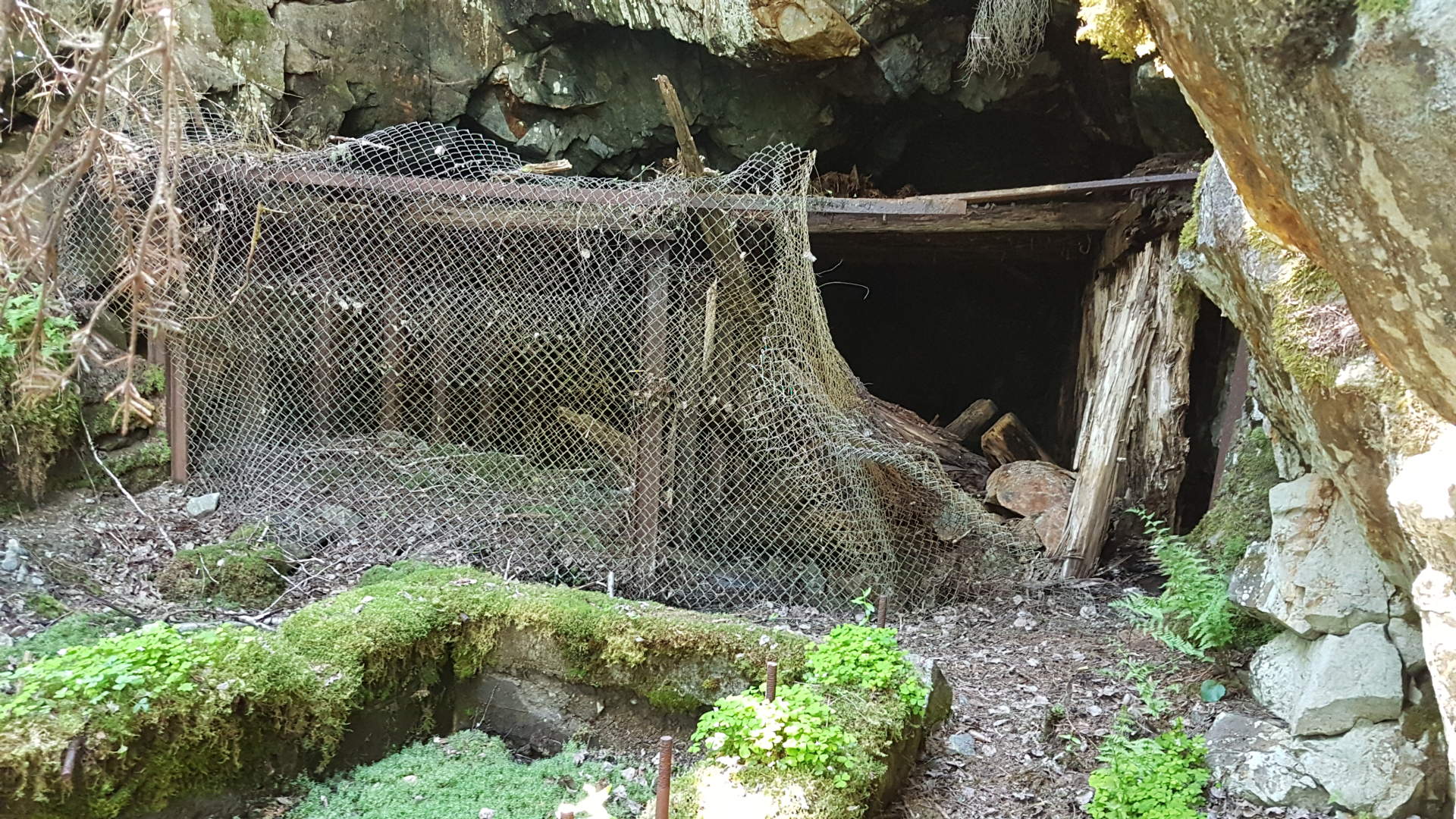Mining in Malm





History of the mine
The discovery of ore was made in 1906 by Berge Flage, a skipper from the Swedish A/S Nordiske Grubekompagni, and mining based on the export of lump ore began the same year. Fosdalens Bergverks-Aktieselskab (FB) was founded in 1912, originally with Swedish, later German owners. After the war the state took over the business. Right by the lake, a plant for magnetic separation of iron ore was built, as well as a shipping facility. Later, the extraction was extended with flotation of the sulphur and copper ore. The company developed into a cornerstone company with 658 employees at most (April 1956).
The ore deposit
The ore deposit consisted of magnetite with minor amounts of sulphur and copper silica, spread over several steeply falling ore blocks with widths ranging from a few to 10-15 meters. Due to a fault, the ore blocks in the eastern part of the field were much deeper than in the western part. The West Ore formed the basis for the first 60 years of operation and was opened with the Malmogruva in from the river side, and then the Grunnstollen of 8 km, started in 1927. Several shafts were led down from the ridge in the west and the main shafts down from the Grunnstollen. The eastern ore was first discovered in 1957, and formed the main basis for the operation when it came into full production in 1969. Østmalmen was opened with the 1177 meter deep Hovedsjakt V and the main shafts 9, 14 and 18 which led out from the shaft in three levels, with associated sinks or blind shafts, with the central one called Synk 17Ø. FB was regarded as the country's largest underground iron ore mine. The heated ore went to an autogenous mill right next to the shaft tower, partially embedded in mountains.
The ore collection
Mining in Malm formed the basis of a "pattern community". Thanks to the mine, Malmsamfunnet received a modern infrastructure early on, including a paved main road, street lighting, a community centre, a new and modern school with a swimming pool and a pilot project with a line-shared secondary school together with Ørsta and Sykkylven as the first three schools in the country, an outdoor swimming pool, a sports field/cooling track and one of the country's first kindergartens (1956). The characteristic residential area of Malmlia, locally called "Korea", was replaced with type houses in the post-war period. Bergverket was involved in and sponsored much of this development of the Malmsamfunnet.
The hunting tower
The mining of magnetite ore at sometimes considerable depths has left a concrete-supported hunting tower of 72 m above the almost 1200 m deep Hovedsjakt V (built 1960-1964) with its associated buildings. At the top is a hoisting machine with a free-swinging, so-called "Koepe winch" for the person hoist and a similar one for the ore hoist, the latter driven by two motors, each of 1100 kW, and was probably Norway's most powerful mine hoist through the ages. The principle of the Koepe winch is that the hoist lines pass over the hoist drum, and do not unwind and rewind. The lines are pulled by the clearance towards the pile. The pitchforks are balanced with counterweights and underlines which are fixed to the bottom of the pitchforks and counterweights. Sjakttårnet rommer blant interant kontrollrom och kompressorrom. In its own hearth house stands a flat-mounted "bobine-spill" (1960) that faded during the sinking of Hovedsjakt V. The hearth tower is a technologically interesting cultural monument to modern hearth technology and has symbolic value as a reminder of the mining operations in Malm.
Antatt produksjonskapasitet gjennom årene var ca. 16,5 miljoen tonn jernmalmslig fra ca. 36 miljoen tonn råmalm, og ca. 20 000 årsverk.
The end of mining
In the 1980s, the problems of ensuring profitable operations arose. The State, through the Ministry of Nutrition, requested an invitation to tender for the State-owned FB in November 1989. Leaders of the mining company and others then founded Nye Fosdalens Bergverk AS, which took over assets from the housing company. The new mining company was declared bankrupt in June 1997, and there was no basis for attempting to resume mining operations. The mill was demolished early on, but the building still stands. Among the preserved buildings around the shaft tower are the ladder office, the mine bath which was for a time converted into a store and workshop, the lamp house, the old compressor house, workshop and storehouse, and the "Ungkarsheimen" (1942/1945) hostel. The dredging plant and the lakeside loading dock were demolished in 2001 and the characteristic tower above the dredging plant was blown up in 2005. The laboratory still stands, as well as the old administration building (1923), now the Red Cross house and the new administration building (1953/1962) which are municipal offices. There are several building environments with residential buildings, the most characteristic being the working village in Malmlia, replaced by type houses in the post-war period. The director's residence (1930/1945) is also still standing.
Eplene in Messehagen - a mining theatre
The story is set in the mining community of Malm and the theme is class conflict, both in Malm and in Norway generally, in the 1960s. A classic Romeo and Juliet story of forbidden love, here between a working-class son and an upper-class wife. The theatre is highly recommended. Next performance is in September 2024
Source: Innherred Reiseliv
Mining in Malm